Archives
- 2025-11
- 2025-10
- 2025-09
- 2025-03
- 2025-02
- 2025-01
- 2024-12
- 2024-11
- 2024-10
- 2024-09
- 2024-08
- 2024-07
- 2024-06
- 2024-05
- 2024-04
- 2024-03
- 2024-02
- 2024-01
- 2023-12
- 2023-11
- 2023-10
- 2023-09
- 2023-08
- 2023-07
- 2023-06
- 2023-05
- 2023-04
- 2023-03
- 2023-02
- 2023-01
- 2022-12
- 2022-11
- 2022-10
- 2022-09
- 2022-08
- 2022-07
- 2022-06
- 2022-05
- 2022-04
- 2022-03
- 2022-02
- 2022-01
- 2021-12
- 2021-11
- 2021-10
- 2021-09
- 2021-08
- 2021-07
- 2021-06
- 2021-05
- 2021-04
- 2021-03
- 2021-02
- 2021-01
- 2020-12
- 2020-11
- 2020-10
- 2020-09
- 2020-08
- 2020-07
- 2020-06
- 2020-05
- 2020-04
- 2020-03
- 2020-02
- 2020-01
- 2019-12
- 2019-11
- 2019-10
- 2019-09
- 2019-08
- 2019-07
- 2018-07
-
To the best of our knowledge
2025-02-14
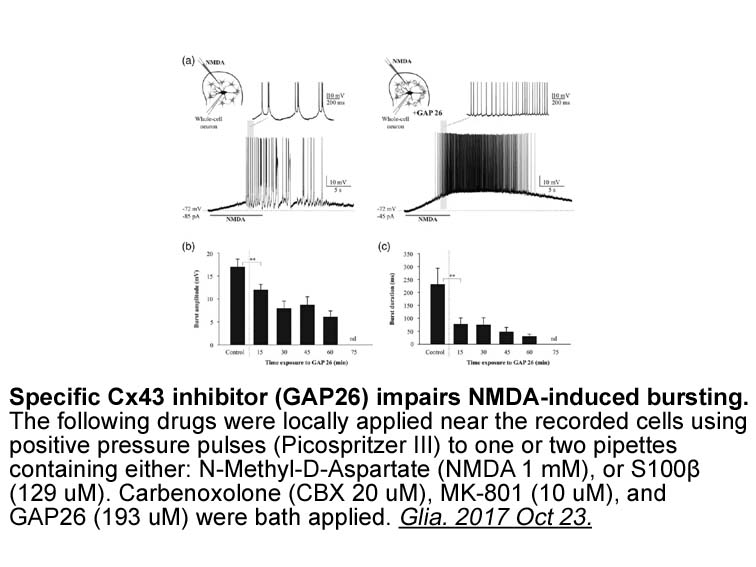
To the best of our knowledge, this is the first study documenting the SCC modulatory effect at central and kidney level on the shift in the vasoconstrictor-vasodilator ratio of mRNA expression of angiotensin receptors toward vasoconstriction in XY-SCC and/or vasodilation in XX-SCC mice. From these r
-
NSC 207895 sale br Experimental section br Introduction Micr
2025-02-13
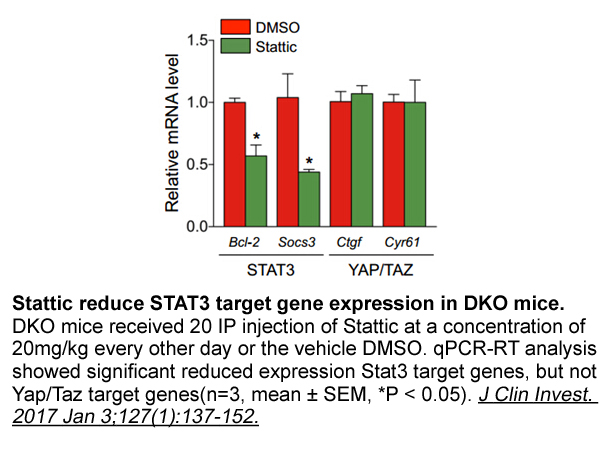
Experimental section Introduction Microglia were discovered as a novel cell population in NSC 207895 sale in 1933 by a Spanish physician and histologist Pío del Río-Hortega [1]. In the eye, scientists used Hortega's staining technique to label the microglia in the retinal outer plexiform layer
-
br Materials and methods br
2025-02-13
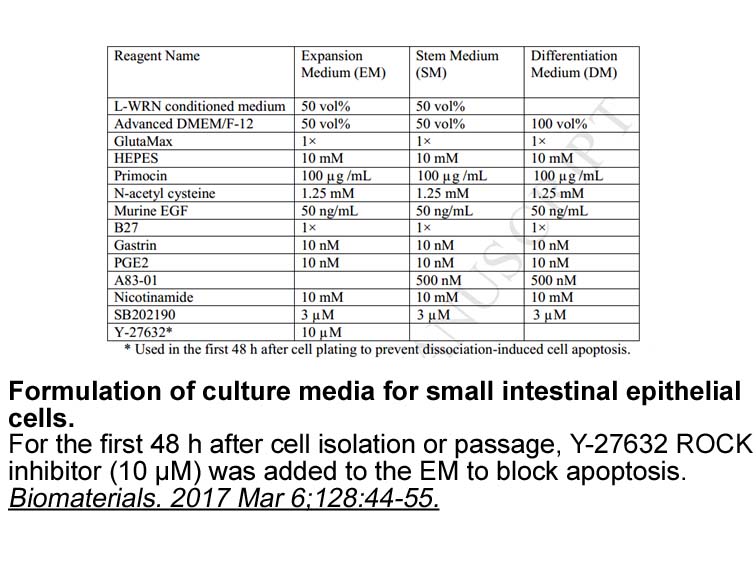
Materials and methods Results Discussion In the present study, we identified HBP1 as a novel substrate of AKT. This was demonstrated by in vitro phosphorylation assays and western blotting using phosphosite-specific antibodies. Three sites were identified by mass spectrometry and mutagenesi
-
The only psychostimulant treatment option in
2025-02-13
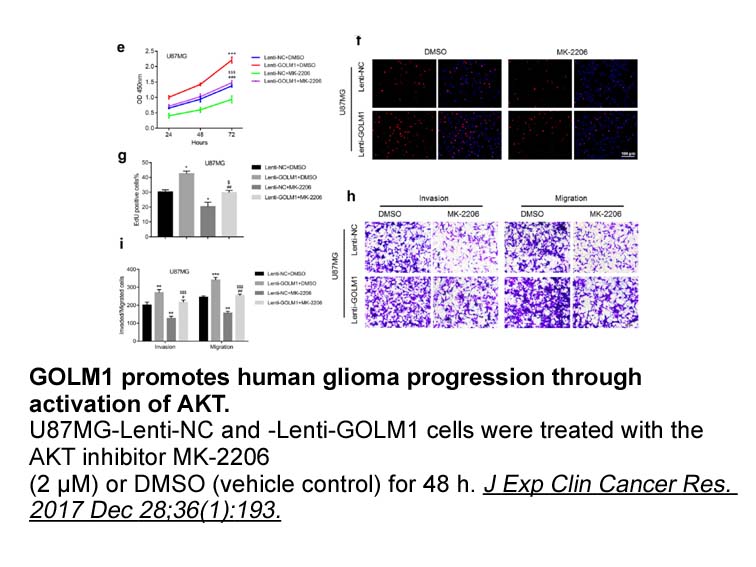
The only psychostimulant treatment option in Turkey is methylphenidate (Çetin et al., 2015). It is broken down by carboxylase enzyme (CES1) (Sun et al., 2004). From the point of pharmacokinetics, it may be suggested that CES1 gene polymorphisms may be the key responsible factors in patients resistan
-
In earlier experiments on snails a behavioral model was empl
2025-02-13
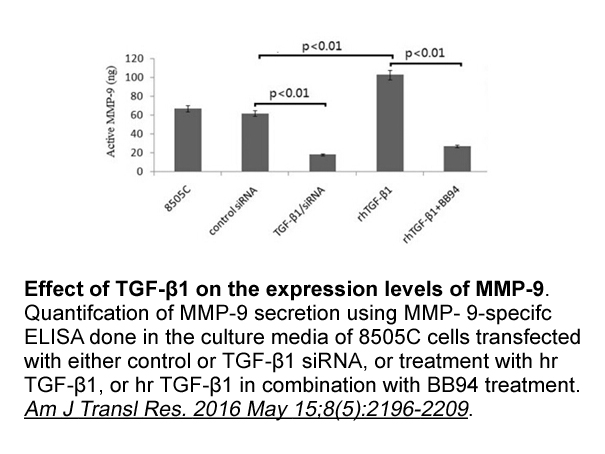
In earlier experiments on snails, a behavioral model was employed of certain food rejection to study the mechanisms of the reconsolidation of long-term associative memory. It was found that conditioned food stimuli (reminder) presentation, combined with injections of NMDA glutamate receptor antagoni
-
br Experimental procedures Adk tg
2025-02-13
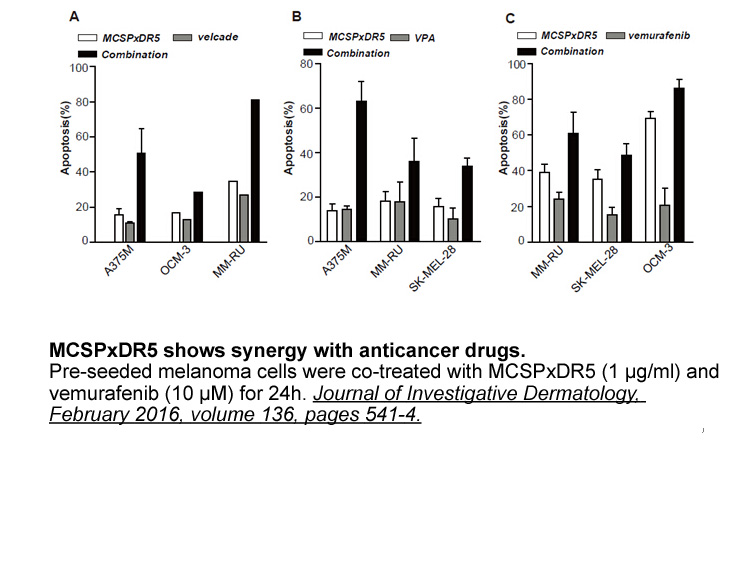
Experimental procedures Adk-tg (Adktm1−/−:tg(UbiAdk) mice were created by breeding a loxP-flanked Adk transgene under the control of a human ubiquitin promoter into ADK knockout mice (Fedele et al., 2005,). Fb-Adk-def (Adktm1−/−:tg(UbiAdk):Emx1-Cre-tg3) mice were generated by pairing Emx1-Cre-tg3
-
In the present study the alternative splicing of several
2025-02-13
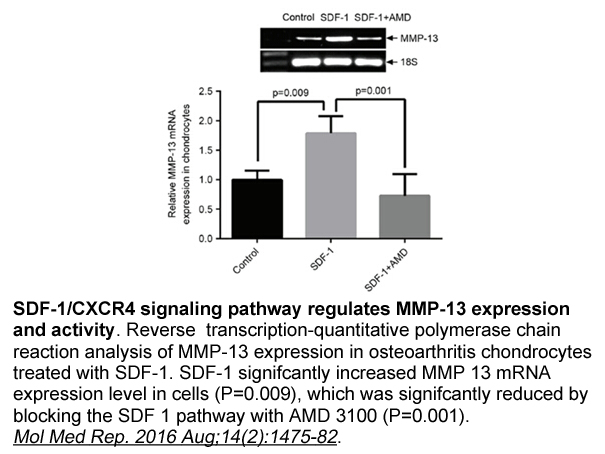
In the present study, the alternative splicing of several nAChR subunits was identified in the oriental migratory locust (Locusta migratoria manilensis Meyen), a serious worldwide pest to agricultural production and also a model insect species [5]. Several α subunits were tried to co-express with ra
-
The following are the supplementary
2025-02-13
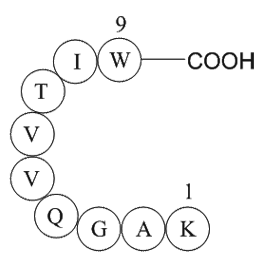
The following are the supplementary data related to this article. Conflict of interest Acknowledgements Disclosure of interest Introduction Since the introduction of platinum-based chemotherapy, metastatic testicular cancer has become a curable disease and most testicular cancer patient
-
In summary we could identify
2025-02-13
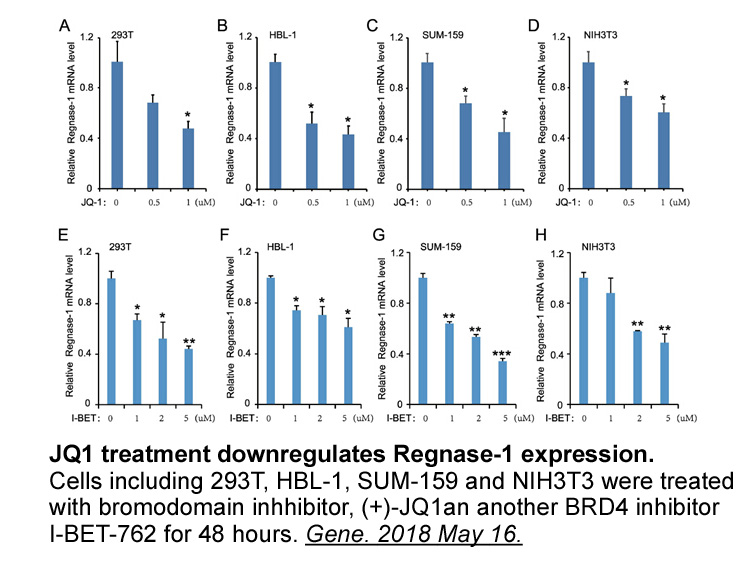
In summary, we could identify and experimentally confirm two novel SBEs within the 5-LO promoter and we were able to demonstrate that TGFβ and SMADs stimulate 5-LO promoter activity. Moreover, an elevated 5-LO expression has been linked to different forms of leukaemia. Therefore, the influence of ML
-
br Material and methods br Results br
2025-02-13
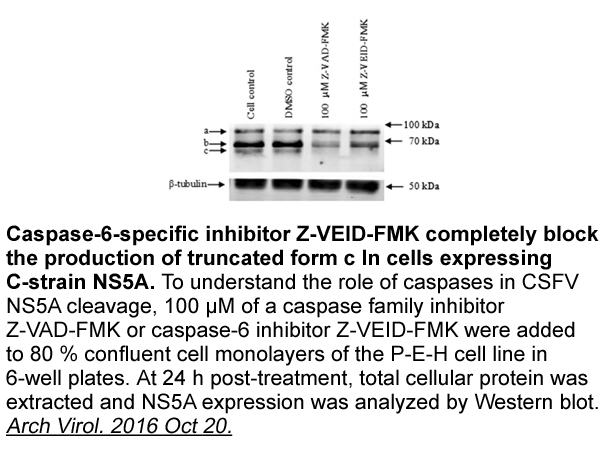
Material and methods Results Discussion Clinical gene therapy trials with viral vectors have been in use for treatment of various genetic disorders and diseases, however efficacious, targetable and highly reliable non-viral delivery systems are needed for safe and long-term applications. De
-
br Results br Discussion The
2025-02-13
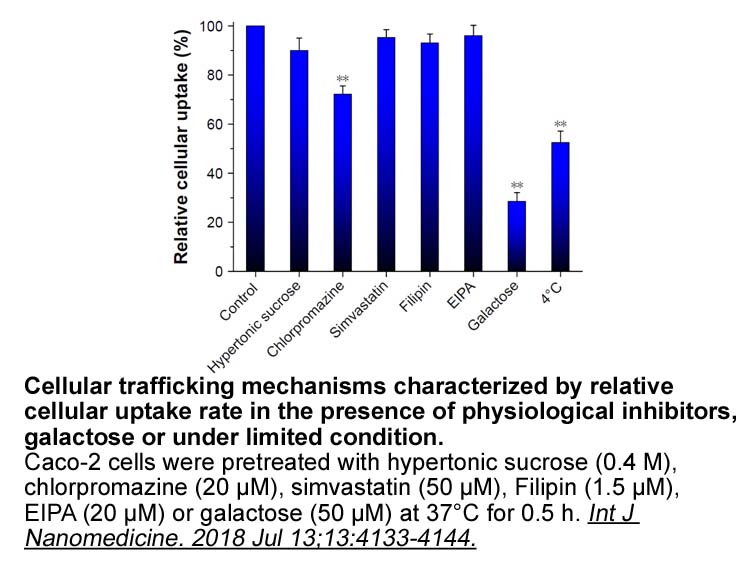
Results Discussion The A. nidulans Aurora kinase displays diverse locations during mitosis and we show here that it also locates to hyphal regions where septa subsequently form, to the septal pore region of newly formed septa and displays a Levofloxacin specific location to mature septa. To in
-
Aurora B is also known as
2025-02-13
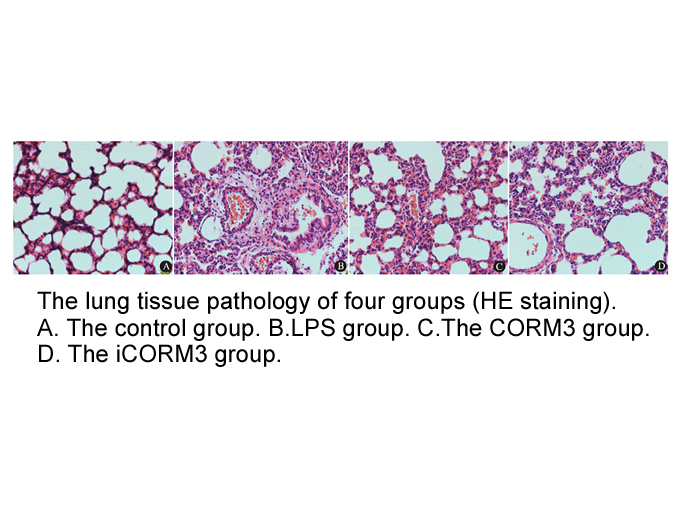
Aurora-B is also known as chromosomal passenger protein and localizes at the chromosome arms and at centromeres during prophase. As cell cycle continues, Aurora-B moves towards the inner centromere region followed by the central spindle and cortex during toothpaste with triclosan and finally accumu
-
Earlier studies showed that exposure of cells to IR caused
2025-02-13
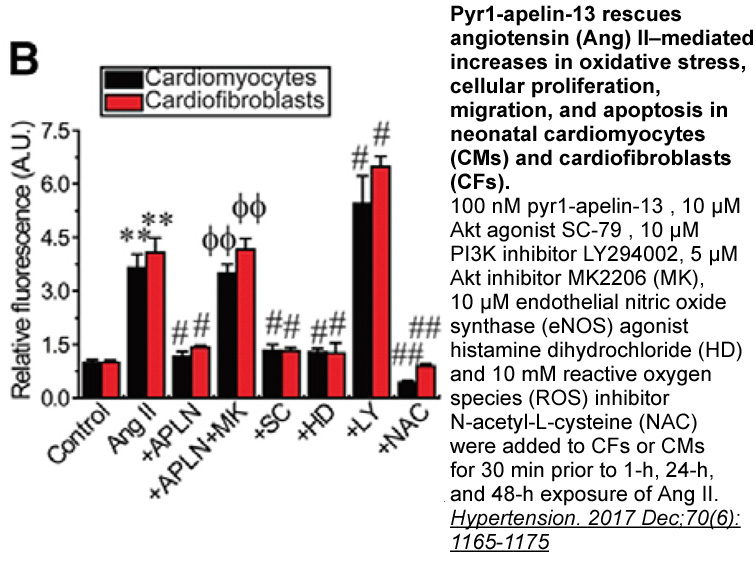
Earlier studies showed that exposure of cells to IR caused ATM-dependent phosphorylation of 53BP1, as judged by electrophoretic mobility shift [24], [25], [26]. To date, the only known in vivo 53BP1 phosphorylation site(s) are Ser25 and possibly Ser29 [27]. In the course of our studies, we noticed t
-
C-type natriuretic peptide (1-22) (human, rat, swine) br Fun
2025-02-13

Funding This study was supported by Grant UM1-CA186690 (NCI-CTEP) and R01CA204173 (CJB). This project used the UPCI Cancer Pharmacokinetics and Pharmacodynamics Facility (CPPF) and was supported in part by award P30-CA47904 and R50CA211241. Introduction Despite the efficacy of platinum based
-
br Results br Discussion ER and GR play
2025-02-13
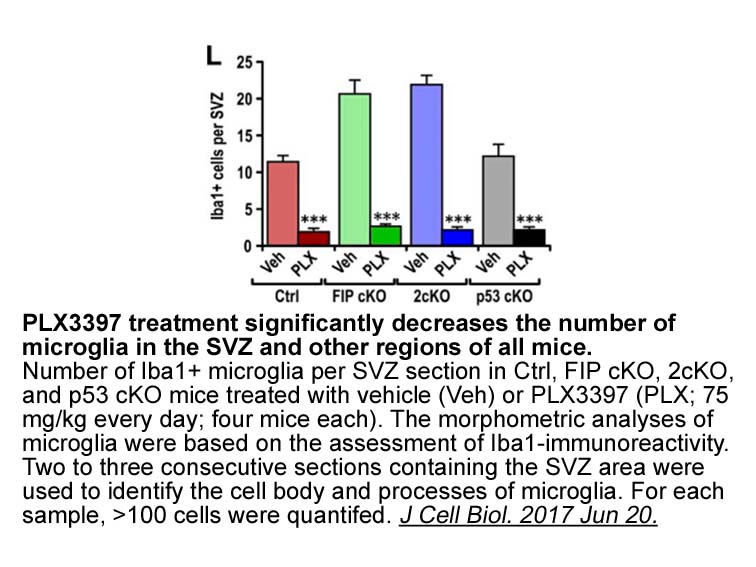
Results Discussion ER and GR play opposite phenotypic roles in the normal endometrium, with ER promoting growth and GR inhibiting growth. Here, we show that in endometrial cancer, GR expression is associated with worse outcomes and higher-grade tumors, and this association is observed only in
15242 records 15/1017 page Previous Next First page 上5页 1112131415 下5页 Last page